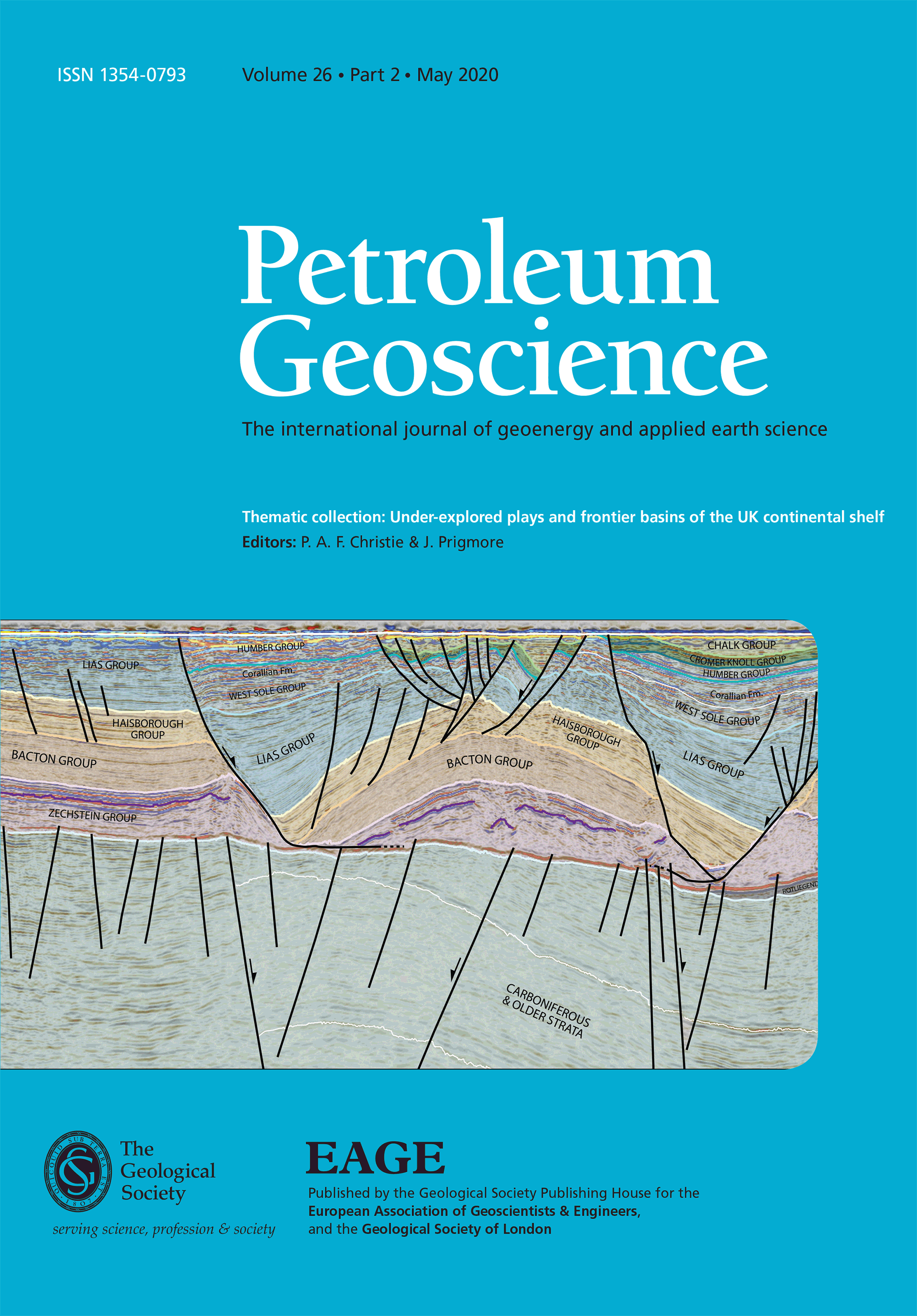
Full text loading...
The Carboniferous Bowland Shale Formation of the UK is a proven hydrocarbon source rock and currently a target for shale gas exploration. Most existing analysis details lithofacies and geochemical assessment of a small number of boreholes. Given a paucity of relevant borehole cores, surface samples provide a valuable contribution to the assessment of this unconventional gas source. This study reviews existing literature on the formation's hydrocarbon geochemistry and provides new lithological descriptions of seven lithofacies, XRD mineralogy and hydrocarbon-specific geochemical data for 32 outcrop localities within the Craven and Edale basins, respectively in the northern and southern parts of the resource area. Low oxygen indices suggest that the majority of samples are relatively unaltered (in terms of hydrocarbon geochemistry), and therefore suitable for the characterization of the shale organic character. Total organic carbon (TOC) ranges from 0.7 to 6.5 wt%, with highest values associated with maximum flooding surfaces. Mean T max values of 447 and 441°C for the Edale and Craven basins, respectively, suggest that nearly all the samples were too immature to have generated appreciable amounts of dry gas. The oil saturation index is consistently below the >100 mg g−1 TOC benchmark, suggesting that they are not prospective for shale oil.
Supplementary material: A table summarizing the location, geological description and age of all of the samples in this paper is available at https://doi.org/10.6084/m9.figshare.c.4444589

Article metrics loading...

Full text loading...
References


Data & Media loading...

